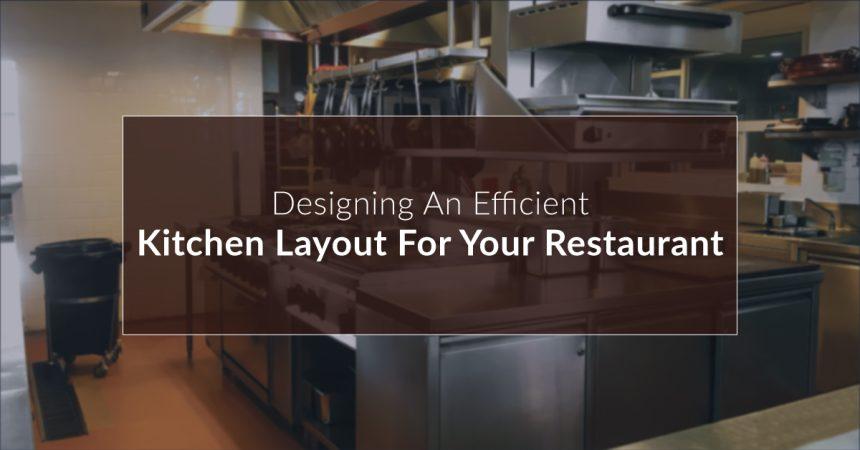Kitchen is the heart of every restaurant and one needs to have it functioning smoothly to sustain. Thus, you ought to design a kitchen layout for your food business that efficiently manages speed, quality and cost of food preparation. An efficient kitchen layout can help reduce waste, increase productivity, and improve the overall customer experience. In this article, we will discuss the key factors to consider when designing an efficient kitchen layout for your restaurant.
- Workflow:-The first step in designing an efficient kitchen format is to identify the workflow. The workflow should be designed to ensure that the kitchen staff can move seamlessly through the kitchen, from prep to plating in an ordered manner. The flow should be logical, with the food preparation area located close to the cooking area, and the cooking area located close to the plating area.
- Space Planning:-Space planning is one of the critical factors in outlining a well-organized kitchen layout. The size of the kitchen should be proportionate to the size of the restaurant, and the kitchen layout should be designed to maximize the use of available space. It’s essential to leave enough space for the staff to move around the kitchen without bumping into each other or the equipment.
- Equipment Placement:-Depending upon the size of the restaurant and the type of items available, your kitchen will require a variety of equipment of varying volume. They should be arranged in a logical and practical order to ensure that the staff can work quickly and efficiently. The equipment should also be placed in a way that allows for easy cleaning and maintenance.
- Storage:-Storage is another crucial factor in mapping the kitchen layout as the kitchen should have ample storage for food, equipment, and utensils. The storage should be located close to the food preparation area for saving time spent by the staff on searching for the required items.
- Safety:-Safety should be the top most priority in your kitchen. The kitchen should be set-up in such a way which reduces the risk of accidents and injuries keeping in mind the location of the equipment and the placement of the staff.
- Flexibility:-Change is the only constant and your restaurant won’t be immune to it either. Hence, the kitchen should be designed to accommodate changes in the menu, the number of staff, and the volume of customers. The layout should be flexible enough to allow for modifications as the needs of the restaurant change.
- Norms:-Government, both central and state, has imposed various norms and regulations for commercial kitchens for safety purposes. Your kitchen should adhere to these regulations in order to prevent your license from being suspended.
Following the aforesaid should help you in sketching a layout for your kitchen that maximizes workflow, optimizes space, places equipment in a logical and practical order, provides ample storage, ensures safety, and is flexible enough to accommodate changes. You should include your chef in the planning process to achieve the best results and enhance your operation and service.



Leave a Reply